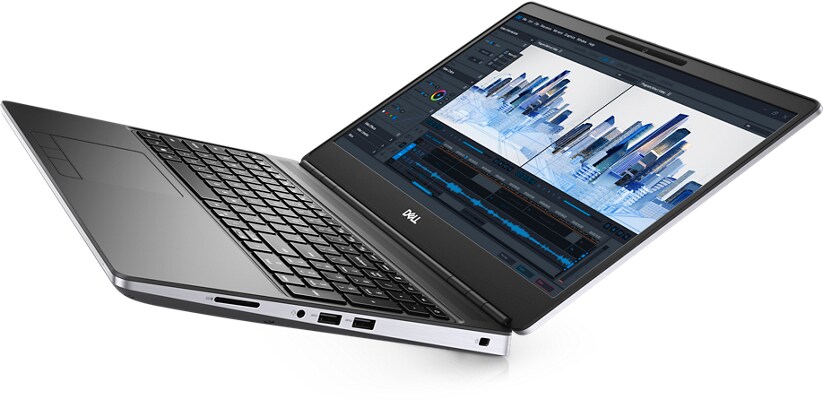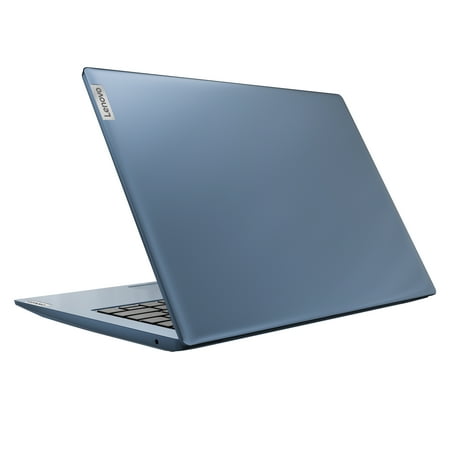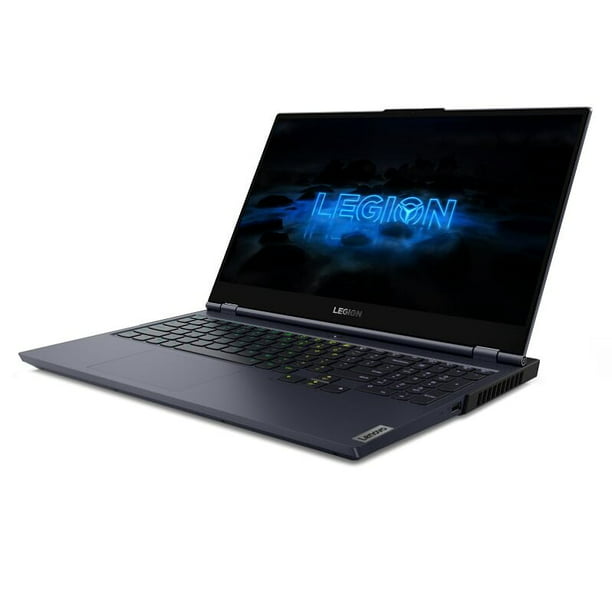Dell Precision 7560 AI & VR Ready Mobile Workstation Laptop | Dell USA
Dell’s most powerful 15″ mobile workstation with AI. Featuring the latest Intel® Core® or Xeon® processors, NVIDIA® professional graphics and Dell Optimizer for Precision.
Note: The image above reflects all Precision mobile family products, not just the Precision 7560.
Intelligent performance
Professional graphics: Working with powerful 3D CAD, scientific applications, VR and AI is easy with up to NVIDIA® RTX A5000 graphics with 16GB of memory.
Faster, more dependable memory: Accelerate workflows and improve response time with high-speed memory up to 128GB at 3200MHz, including optional ECC memory and SuperSpeed memory up to 3466MHz.
Store your creations: Keep your designs local with up to 10TB of high-speed PCIe storage*.
Reduce clutter: With two USB-C Thunderbolt® 4.0 ports, 2 USB 3.2, HDMI 2.1 and mDP 1.4 you can have all of your essentials plugged in.
Faster Wireless speeds: New 5G WWAN option gets you the fastest wireless data transfer speeds available.
Dell Optimizer for Precision
ExpressConnect: Experience seamless Wi-Fi. New ExpressConnect automatically joins the strongest authenticated access points and allows you to direct the system’s bandwidth to conferencing applications.
Intelligent Audio: Collaborate like you’re in the same room. Distortion reduction, background noise elimination and broadcast-quality sound let you hear and be heard.
ExpressResponse: Launch your most used apps faster. Built-in AI and Intel® Adaptix™ Technology adjust performance levels where you need them most.
ExpressSign-in: The workstation proximity sensor enabled by Intel® Context Sensing Technology detects your presence to instantly wake and log you in via the IR camera and Windows Hello. It locks upon walking away, so your work stays safe.
ExpressCharge*: Dell Optimizer extends runtime and improves battery performance by adapting to your patterns. ExpressCharge Boost delivers up to 35% charge in about 20 minutes, or up to 80% charge in an hour with ExpressCharge.*
Analytics: Analyze your system and generate reports on workload, system performance and system diagnostics for insights that help you create a personalized performance for the way you work.
Upgrade your experience
ComfortView Plus: Optional TUV-certified low blue light panels reduce eye strain, while keeping color correctness so you can stay productive anytime, anywhere.
Pro2 keyboard design: Work easily with a 1.65mm travel distance, a new modern look and feel and an optional fingerprint reader.
Large touchpad: A sizeable touchpad helps your creations come to life with more freedom than ever.
Security. Productivity. Reliability.
Productivity at your fingertips: The optional Windows Hello fingerprint reader ensures that you and only you can access your work. Simply place your finger on the sensor and just like that, you’re ready to take on the next task. Or upgrade to the Windows Hello IR Camera and sign on with one look.
Dell Reliable Memory Technology Pro: Dell Reliable Memory Technology (RMT) Pro protects your work from potential crashes. Dell’s exclusive, RMT Pro works in conjunction with ECC memory to detect and correct memory errors in real time.
Additional information
| Front Height | 0.98" (25.0 mm) |
|---|---|
| Rear Height | 1.08" (27.36 mm) |
| Width | 14.17" (360.0 mm) |
| Depth | 9.53" (242.0 mm) |
| Starting Weight | 5.42 lb (2.45 kg) |






Reviews
There are no reviews yet.